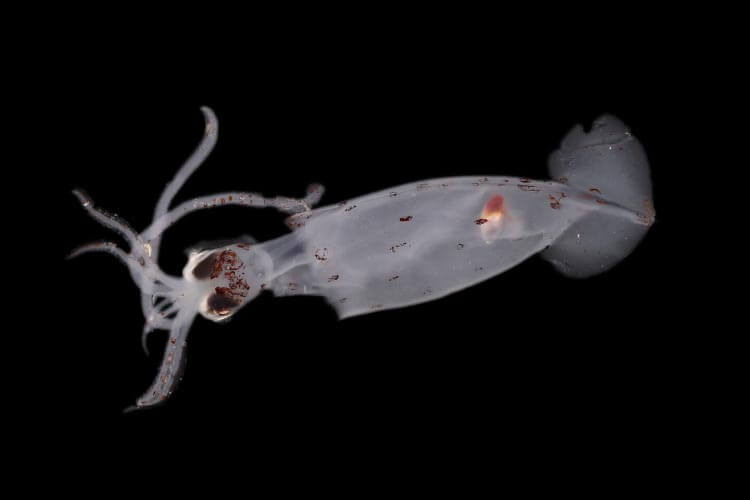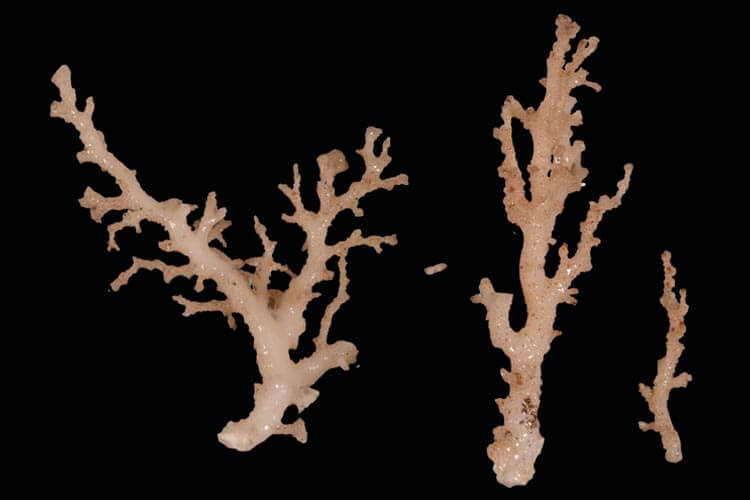
Scientists from New Zealand’s National Institute of Water and Atmospheric Research (NIWA) have potentially discovered as many as 100 species new to science during an expedition to the Bounty Trough, a deep-water depression located off the eastern coast of New Zealand’s South Island.
The three-week voyage onboard NIWA’s research vessel, Tangaroa, was the first major Southern Hemisphere expedition to be undertaken as part of the Ocean Census, a global alliance of scientific institutions that have partnered together to accelerate the discovery and protection of life in the ocean.
Founded by The Nippon Foundation and the UK’s deep-sea exploration organisation, Nekton, the Ocean Census aims to identify 100,000 new species over the next decade. Successful expeditions have already been reported from the North Pacific’s Johnston Atoll, and the Eastern Atlantic island grouping of Macaronesia.
Related articles
- Best places to dive and snorkel in New Zealand
- New whale species described by New Zealand scientists
- Mobile laboratories deployed to enhance ocean species discovery
- First ever find of a megalodon tooth in-situ on the sea floor

The team of scientists from NIWA and Museum of New Zealand Te Papa Tongarewa, working together with experts from the UK and Australia, collected almost 1800 samples from depths of up to 4,800 metres along the 800-kilometre-long Bounty Trough.
Ocean Census Science Director Professor Alex Rogers, who co-led the expedition, says he’s been impressed with the sheer biodiversity of life they’ve discovered. ‘It looks like we have a great haul of new, undiscovered species,’ said Rogers. ‘By the time all our specimens are examined, we will be north of 100 new species. But what’s really surprised me here is the fact this extends to animals like fish – we think we’ve got three new species of fish.’
A global team of scientists is now working to confirm the finds at taxonomic workshops at NIWA and Te Papa – a process which could take several years. After sorting and describing the specimens collected during the expedition, records for each discovery will be added to the expanding database of New Zealand’s marine biodiversity.

Voyage co-leader NIWA marine biologist Sadie Mills says the expedition has shown the Bounty Trough is flourishing with life. ‘We’ve gone to lots of different habitats and discovered a whole range of new species, from fish to snails, to corals and sea cucumbers,’ said Mills; ‘really interesting species that are going to be new to science.
‘Ocean Census has enabled us to explore an area of Aotearoa’s deep seafloor that we previously knew little about in terms of the animals that live there,’ added Mills. ‘This partnership will not only add new species to our recently published New Zealand marine biodiversity inventory, but will improve our understanding of the seafloor habitats and living geographic and depth ranges of rare species.’

New species identified so far include dozens of molluscs, three fish, a shrimp, a cephalopod and a new genera of coral. One find in particular is baffling the experts.
Queensland Museum Network Taxonomist Dr Michela Mitchell says the voyage team initially thought it might be a seastar, a sea-anemone or zoanthid-like creature, but it has so far proven to be none of those. ‘We now think it could be a new species of octocoral,’ said Mitchell, ‘but also a new genus.
‘Even more excitingly, it could be a whole new group outside of the octocoral. If it is, that is a significant find for the deep sea.’
The specimens collected will be housed in the NIWA Invertebrate Collection (NIC) and National Museum of Te Papa in its Mollusca and Fish Collections. NIWA says that the knowledge gained from the expedition will be included in future editions of the recently published New Zealand Marine Biota Biodiversity Memoir, which currently comprises 18,494 known living species.


